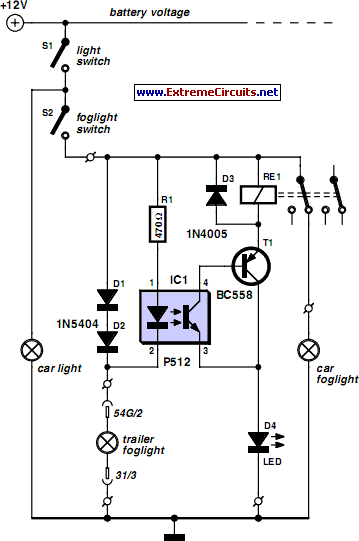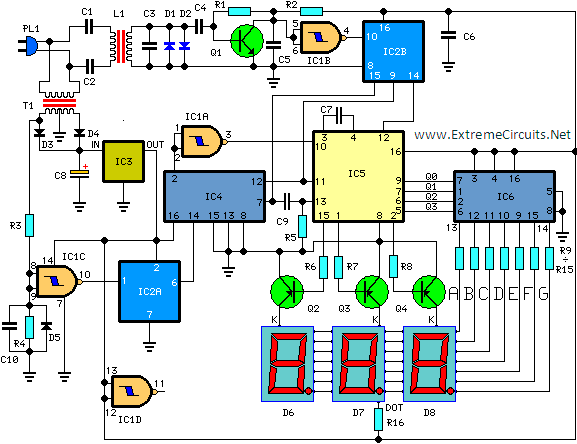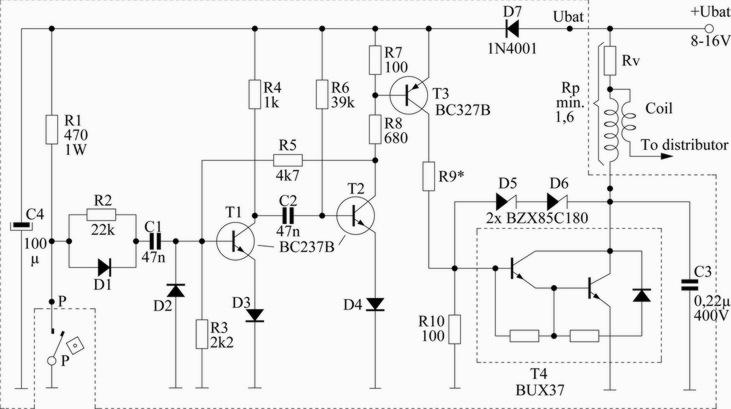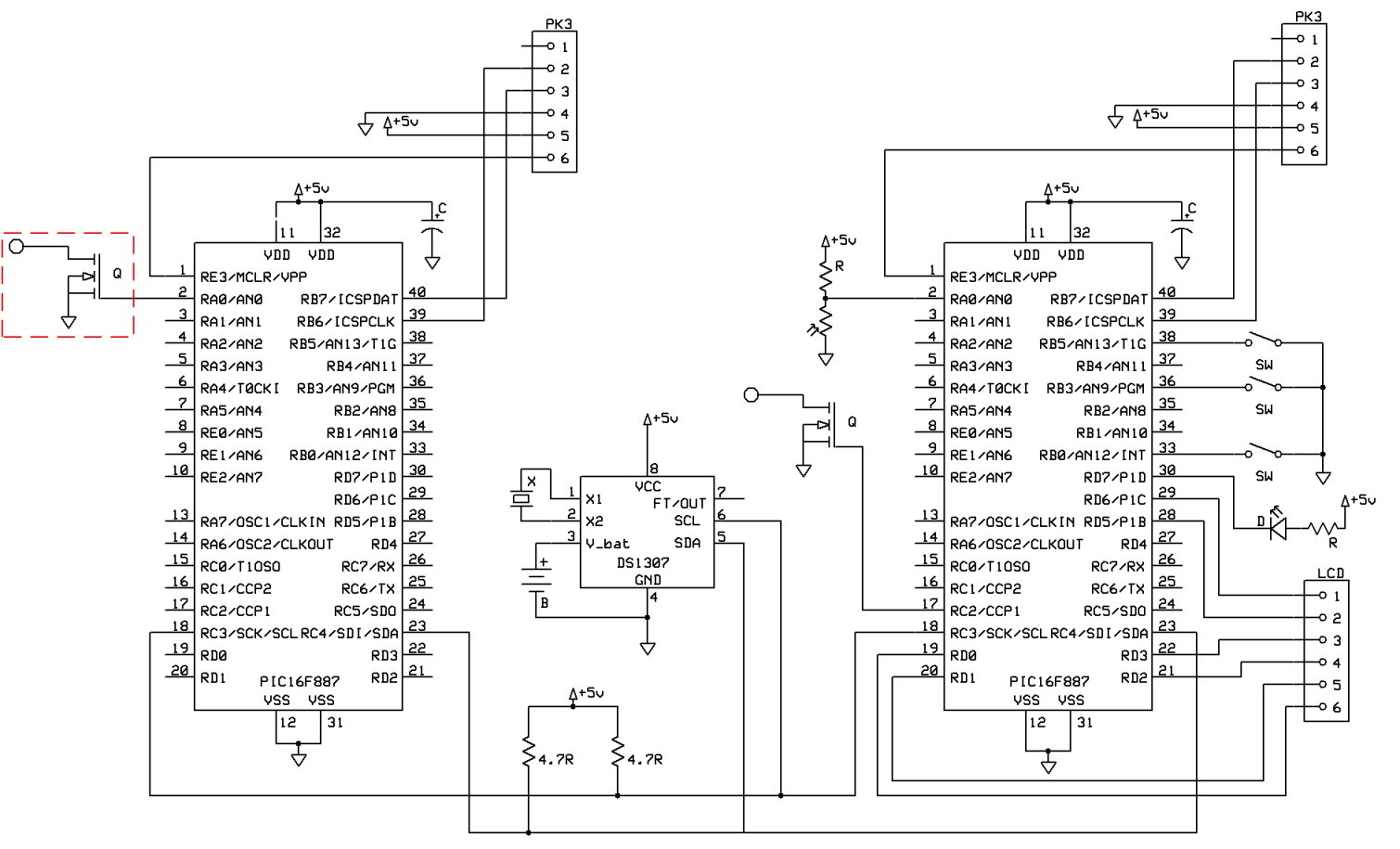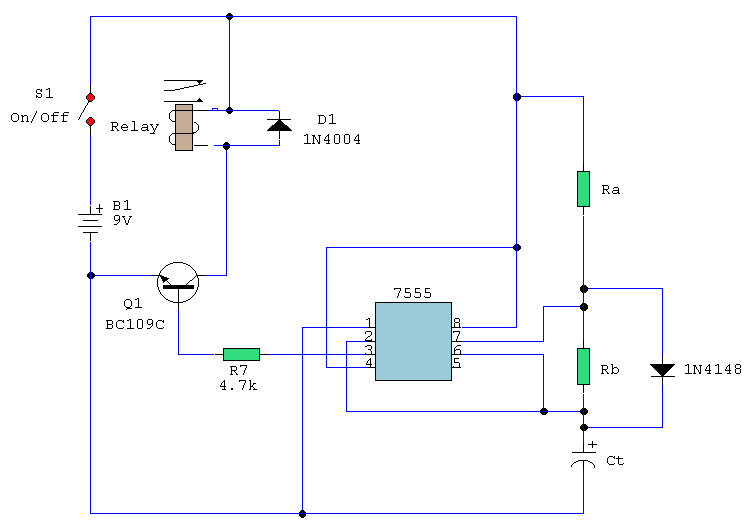
Fm Demodulator Circuit
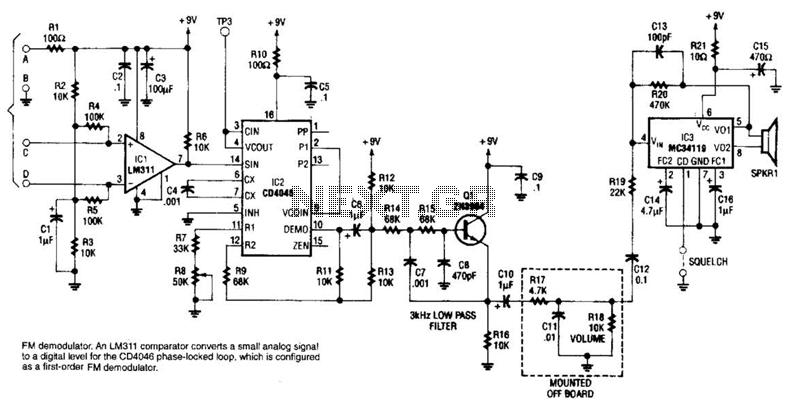
An LM311 comparator converts a small analog signal to a digital level for the DC4046 phase-locked loop, which is configured as a first-order FM demodulator. This demodulator operates with a 50-kHz FM modulated input signal and has applications in FM light beam receivers or remote control systems. Pin 1 of IC3 can be used to squelch the receiver if it is lifted from ground; if not desired, it should remain grounded.
The circuit employs the LM311 comparator, which is a high-speed voltage comparator capable of converting analog signals into digital signals. This conversion is essential for the operation of the DC4046 phase-locked loop (PLL), which is configured to demodulate frequency-modulated (FM) signals. The PLL is designed as a first-order demodulator, making it suitable for processing 50-kHz FM modulated signals commonly used in various applications, such as FM light beam receivers and remote control systems.
The LM311 comparator's output provides a clean digital representation of the incoming analog signal, which is crucial for the PLL's performance. The DC4046 PLL utilizes this digital signal to lock onto the frequency of the incoming FM signal, effectively demodulating it. The PLL's ability to track the frequency variations of the modulated signal allows for accurate demodulation, ensuring that the output reflects the original information encoded in the FM signal.
Additionally, the circuit includes a feature for controlling the squelch functionality through pin 1 of IC3. By lifting this pin from ground, the receiver can be squelched, effectively muting the output when no valid signal is detected. This feature is particularly useful in applications where background noise may interfere with signal reception. If the squelch function is not required, pin 1 should be connected to ground to maintain normal operation.
Overall, this circuit design demonstrates a practical implementation of analog-to-digital conversion and FM demodulation using the LM311 comparator and the DC4046 PLL, making it suitable for a variety of communication applications. An LM311 comparator converts a small analog signal to a digital level for the DC4046 phase-locked loop, which is configured as a first-order FM demodulator. This demodulator works with a 50-kHz FM modulated input signal. It has applications in FM light beam receivers or in remote control applications. Pin 1 of IC3 can be used to squelch the receiver if it is lifted from ground; if not desired, leave it grounded.
The circuit employs the LM311 comparator, which is a high-speed voltage comparator capable of converting analog signals into digital signals. This conversion is essential for the operation of the DC4046 phase-locked loop (PLL), which is configured to demodulate frequency-modulated (FM) signals. The PLL is designed as a first-order demodulator, making it suitable for processing 50-kHz FM modulated signals commonly used in various applications, such as FM light beam receivers and remote control systems.
The LM311 comparator's output provides a clean digital representation of the incoming analog signal, which is crucial for the PLL's performance. The DC4046 PLL utilizes this digital signal to lock onto the frequency of the incoming FM signal, effectively demodulating it. The PLL's ability to track the frequency variations of the modulated signal allows for accurate demodulation, ensuring that the output reflects the original information encoded in the FM signal.
Additionally, the circuit includes a feature for controlling the squelch functionality through pin 1 of IC3. By lifting this pin from ground, the receiver can be squelched, effectively muting the output when no valid signal is detected. This feature is particularly useful in applications where background noise may interfere with signal reception. If the squelch function is not required, pin 1 should be connected to ground to maintain normal operation.
Overall, this circuit design demonstrates a practical implementation of analog-to-digital conversion and FM demodulation using the LM311 comparator and the DC4046 PLL, making it suitable for a variety of communication applications. An LM311 comparator converts a small analog signal to a digital level for the DC4046 phase-locked loop, which is configured as a first-order FM demodulator. This demodulator works with a 50-kHz FM modulated input signal. It has applications in FM light beam receivers or in remote control applications. Pin 1 of IC3 can be used to squelch the receiver if it is lifted from ground; if not desired, leave it grounded.
